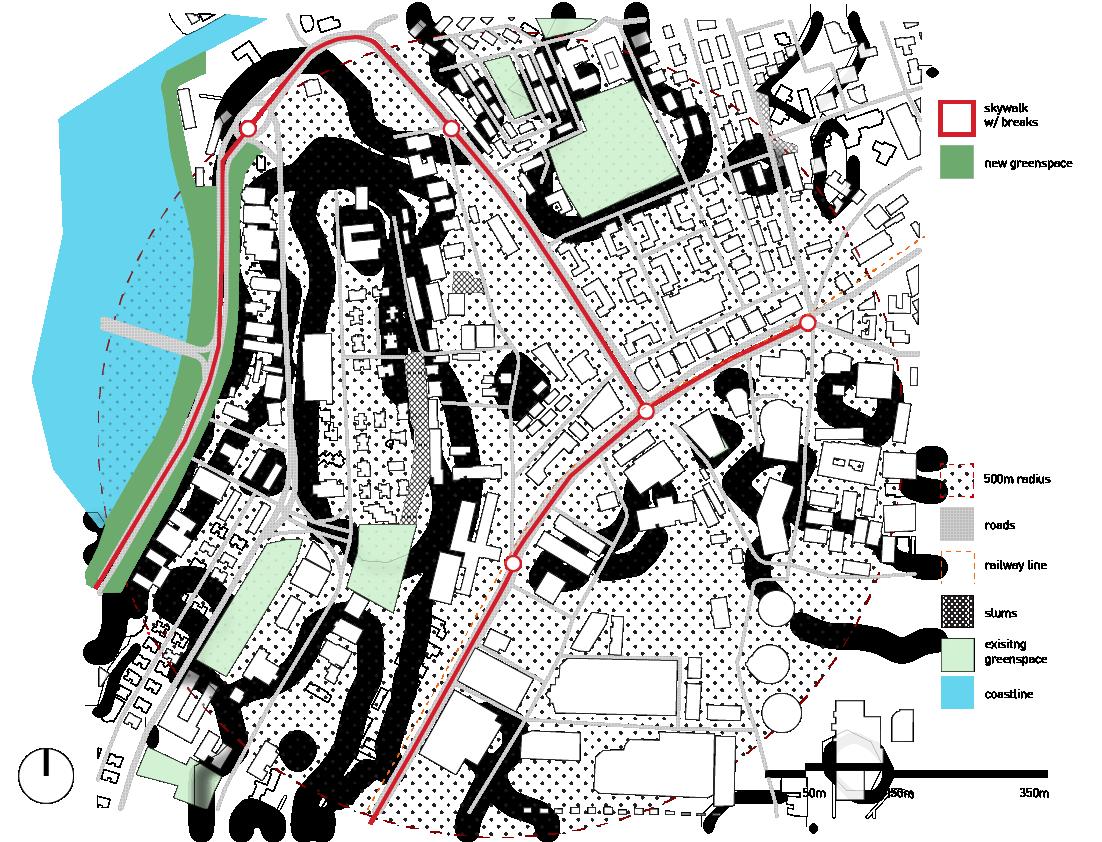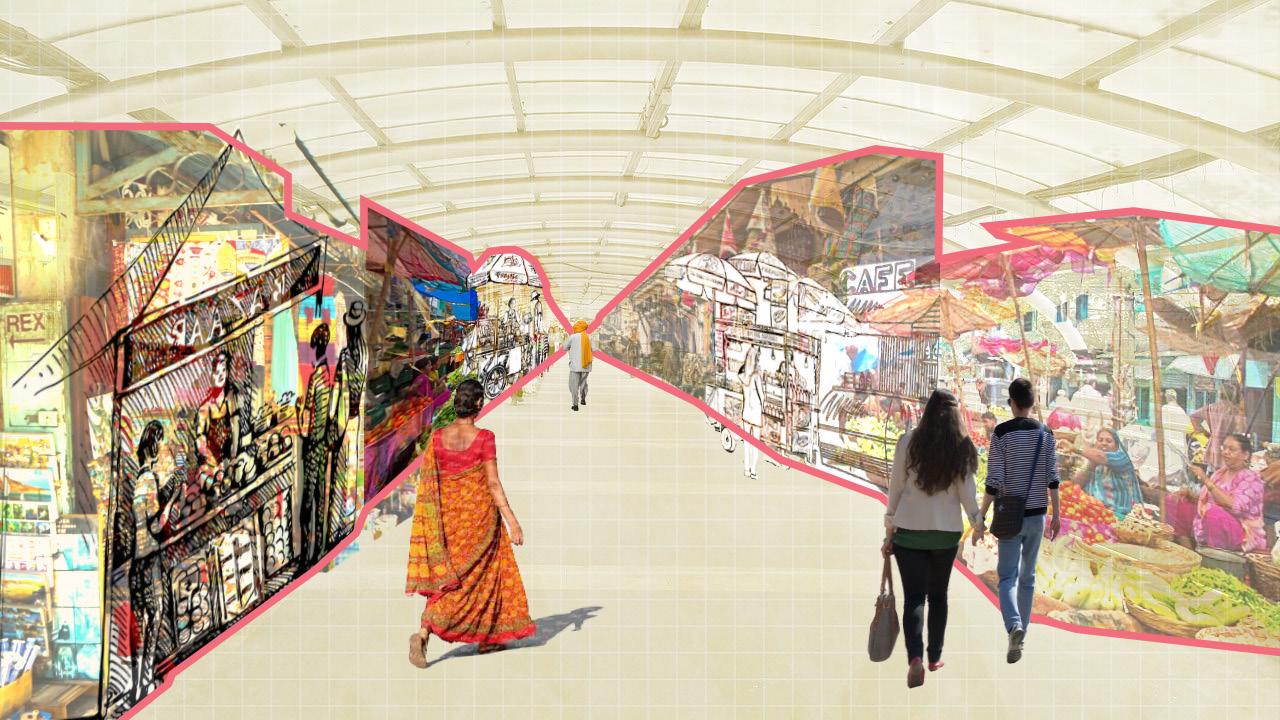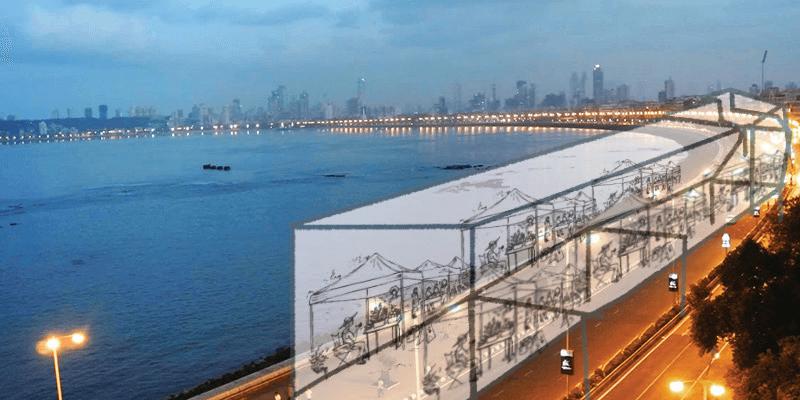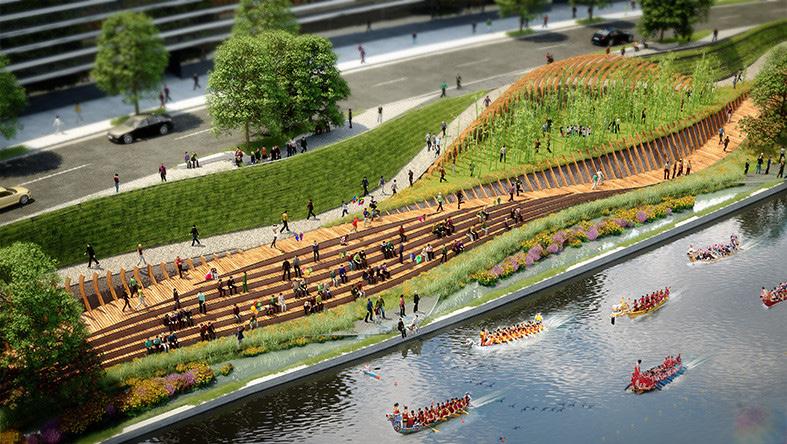
1 minute read
the social city
The idea of the social city has become popular over the years in an attempt to orient cities towards the people. As cars take over the city, and make us believe it is almost impossible to navigate through everyday life without the use of cars, Jan Gehl’s theory allows people, commercial, and residential to co-exist once they become more human in their approach.
The specialty of Mumbai, especially low income areas like Worli- is that unlike North American cities residents of these low income areas cannot even afford public transport let alone their own personal cars. This forces them to become resourceful and create a life around the area they reside in, even though it may seem limiting to the average first world country citizen, the people of these areas can walk miles on foot- because sometimes thee feet are faster and more affordable compared to Mumbai traffic.
Advertisement
As a result, the social city proposal for Worli is to build a continuous skywalk over the major arterial roads that run parallel and perpendicular to the coastline, with access points at intersections of major and minor arterial roads, streets, and paths.
a variety of vendors on the skywalk

a view of the skywalk against the Worli sea face, sea-link bridge, and coastline.

enhancing the exisitng coastline, towards a welcoming well landscaped civic space. The intervention would introduce an idea that has been implemented in some parts of Mumbai already, however, it proposes the idea of sky-walks to be introduced with formalized vendor stalls to create floating bazaars, and enhance activity on the upper level, reducing congestion of vehicular traffic, pedestrians, and street vendors on the ground level. The advantage of such an approach would be the opportunity to create direct connections to the railway and Mumbai ‘locals’ line. Along, with covered, nonflooded walking spaces in the monsoons.






